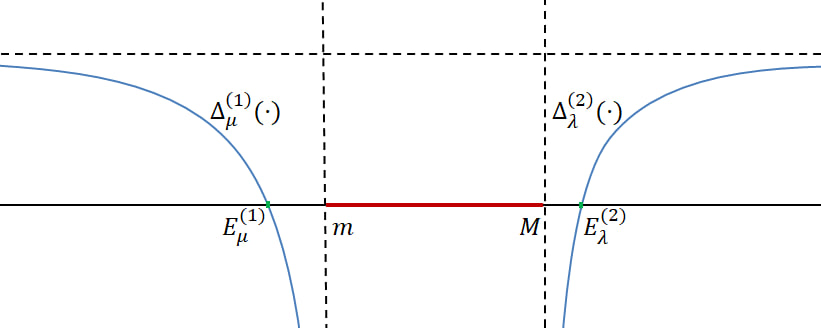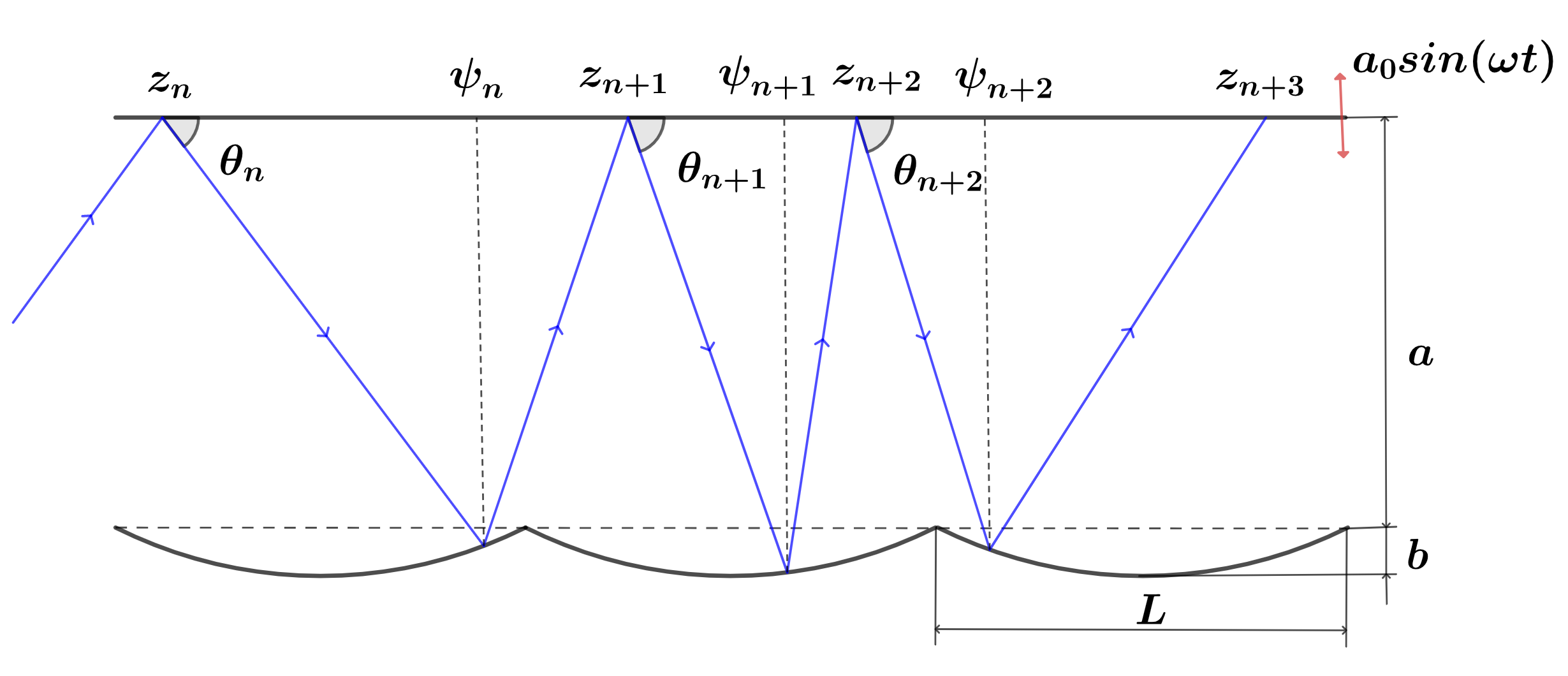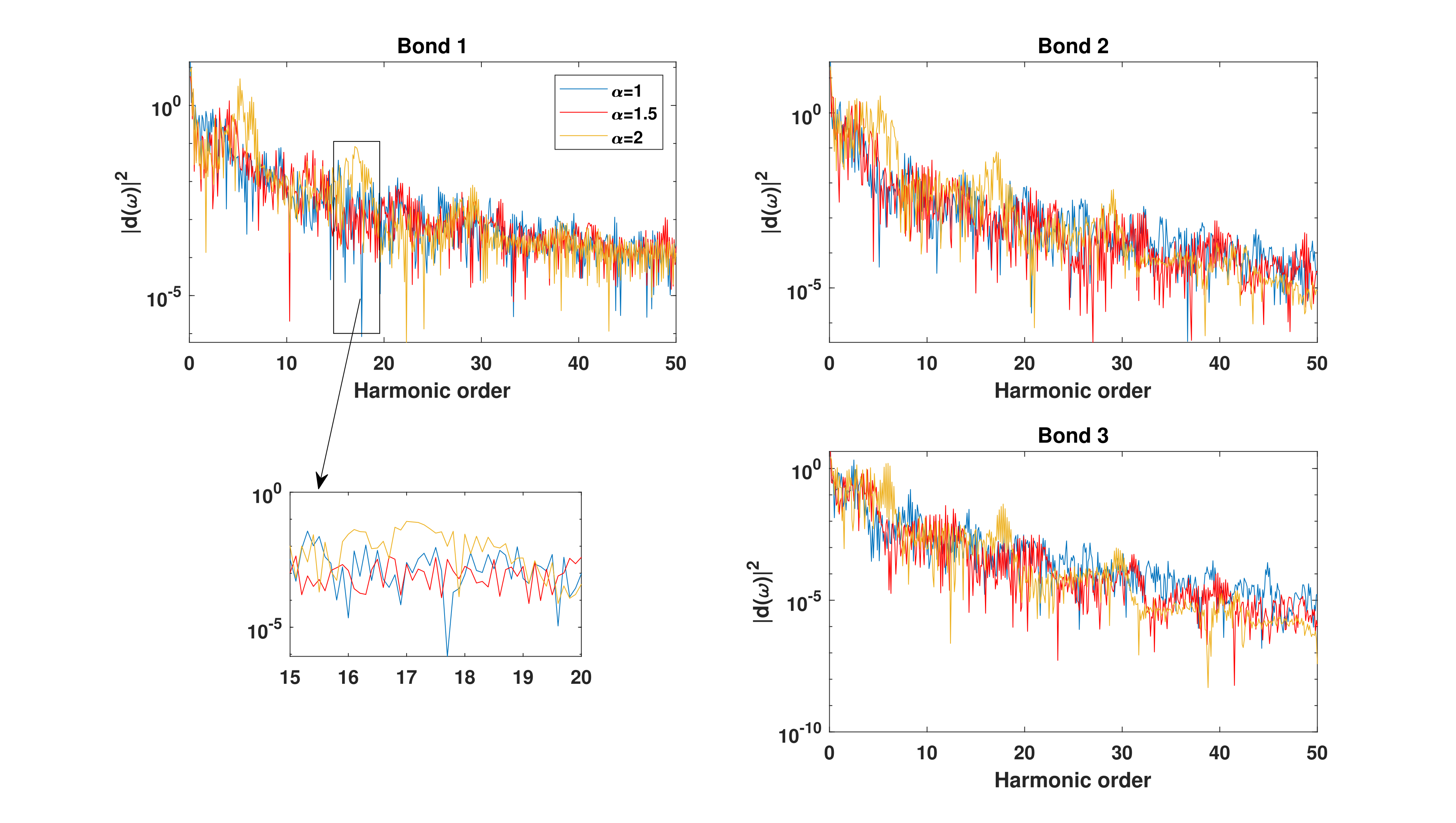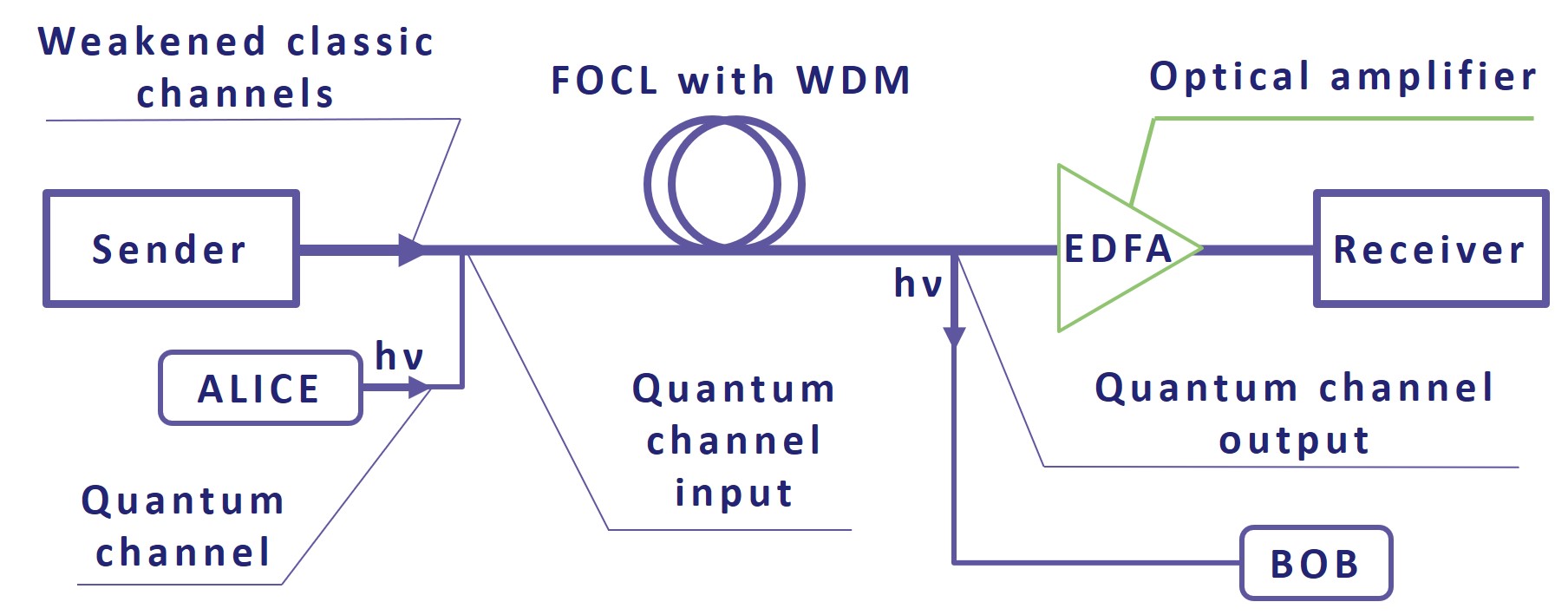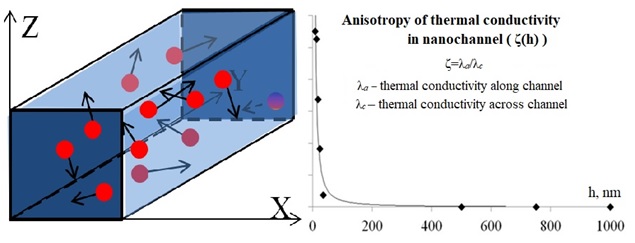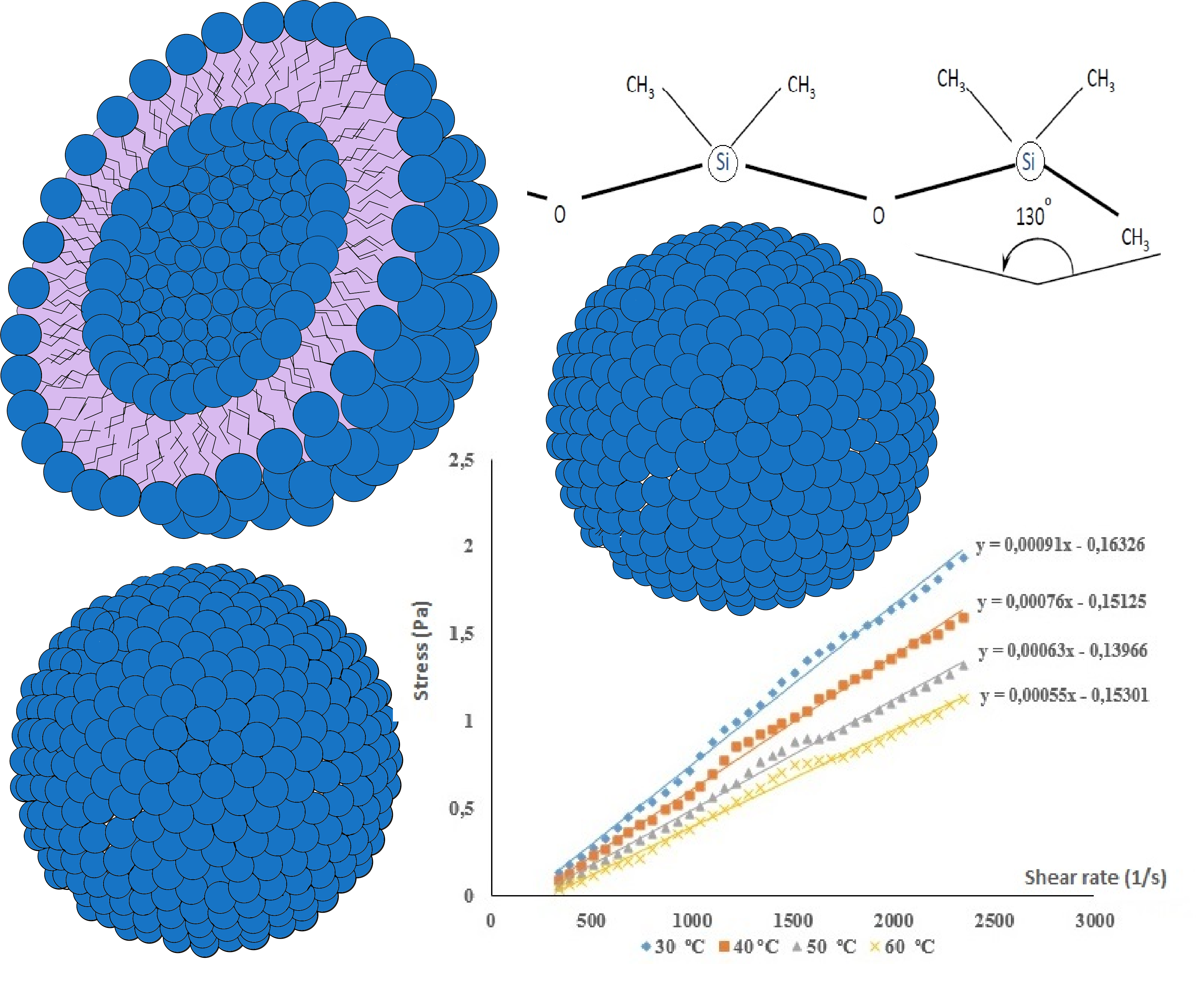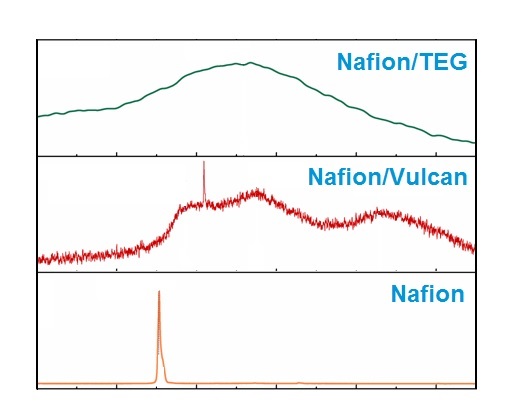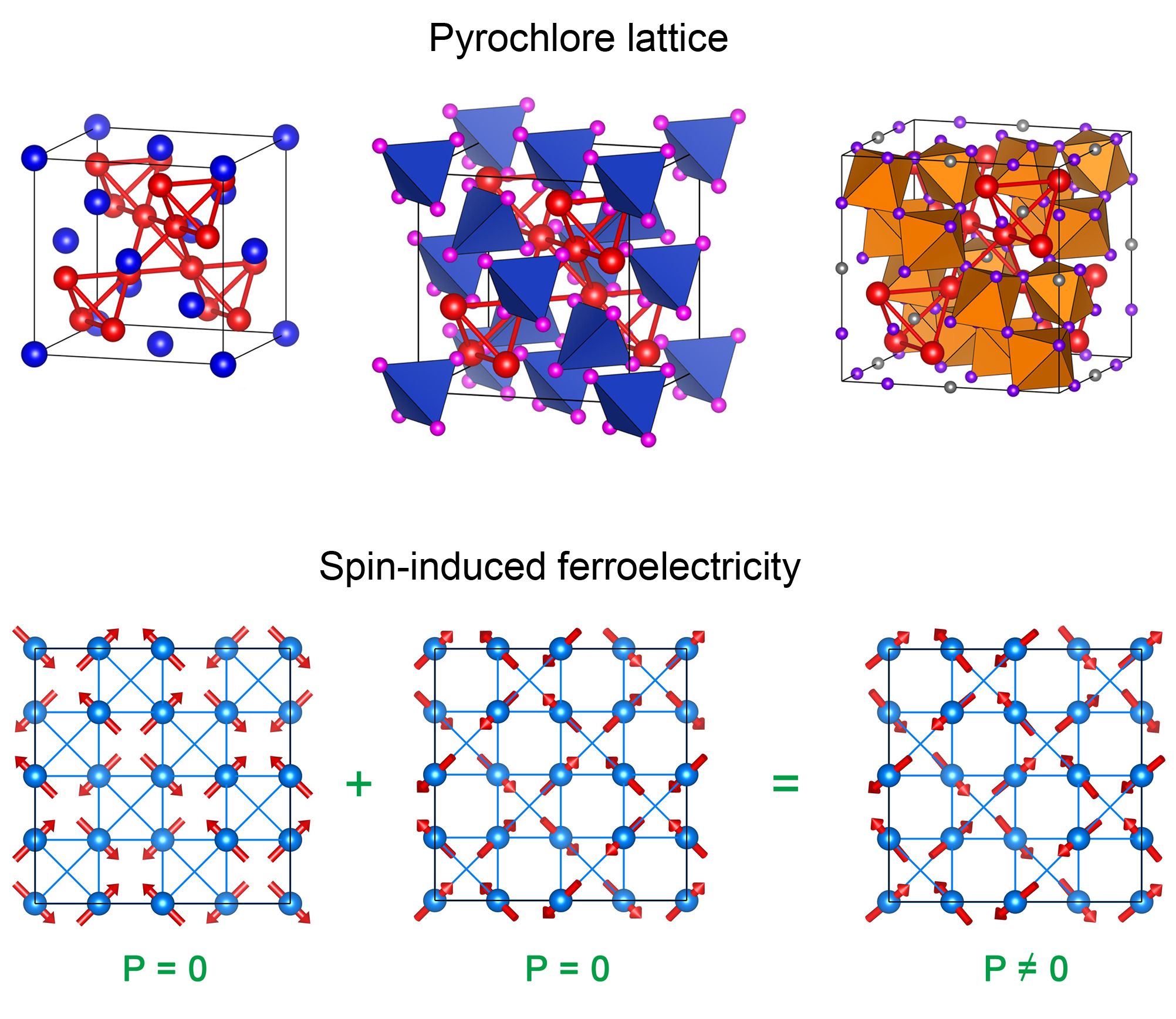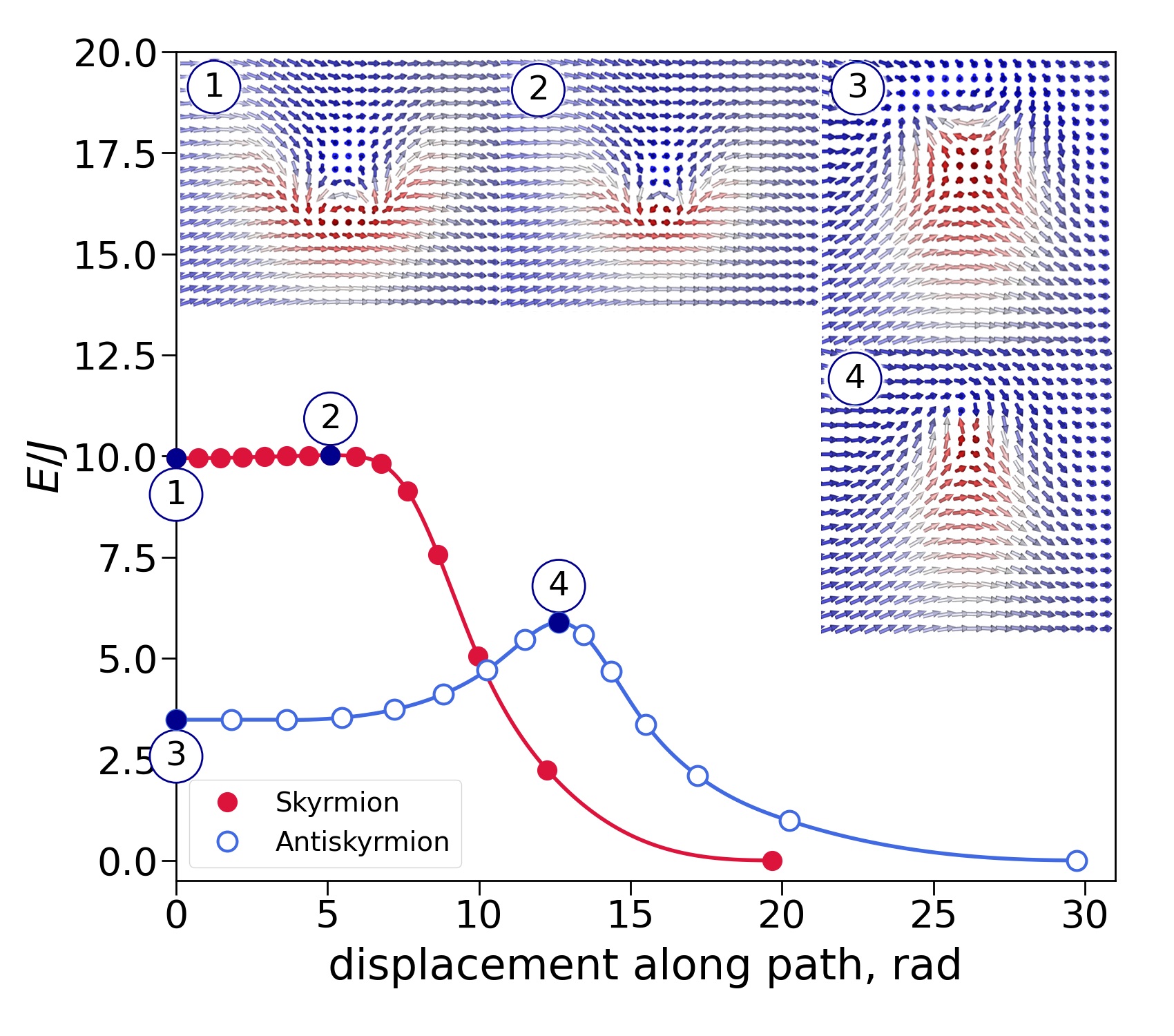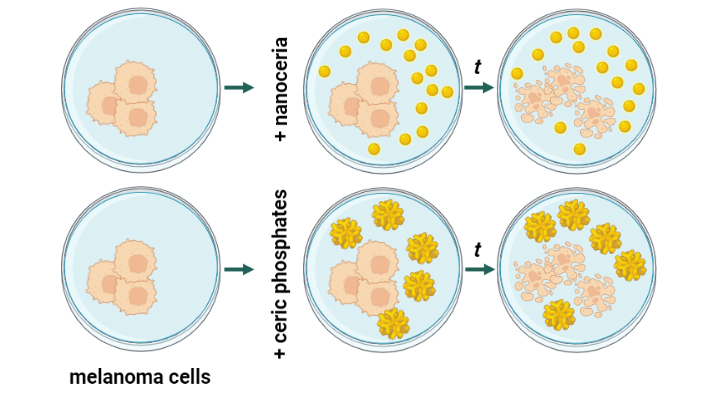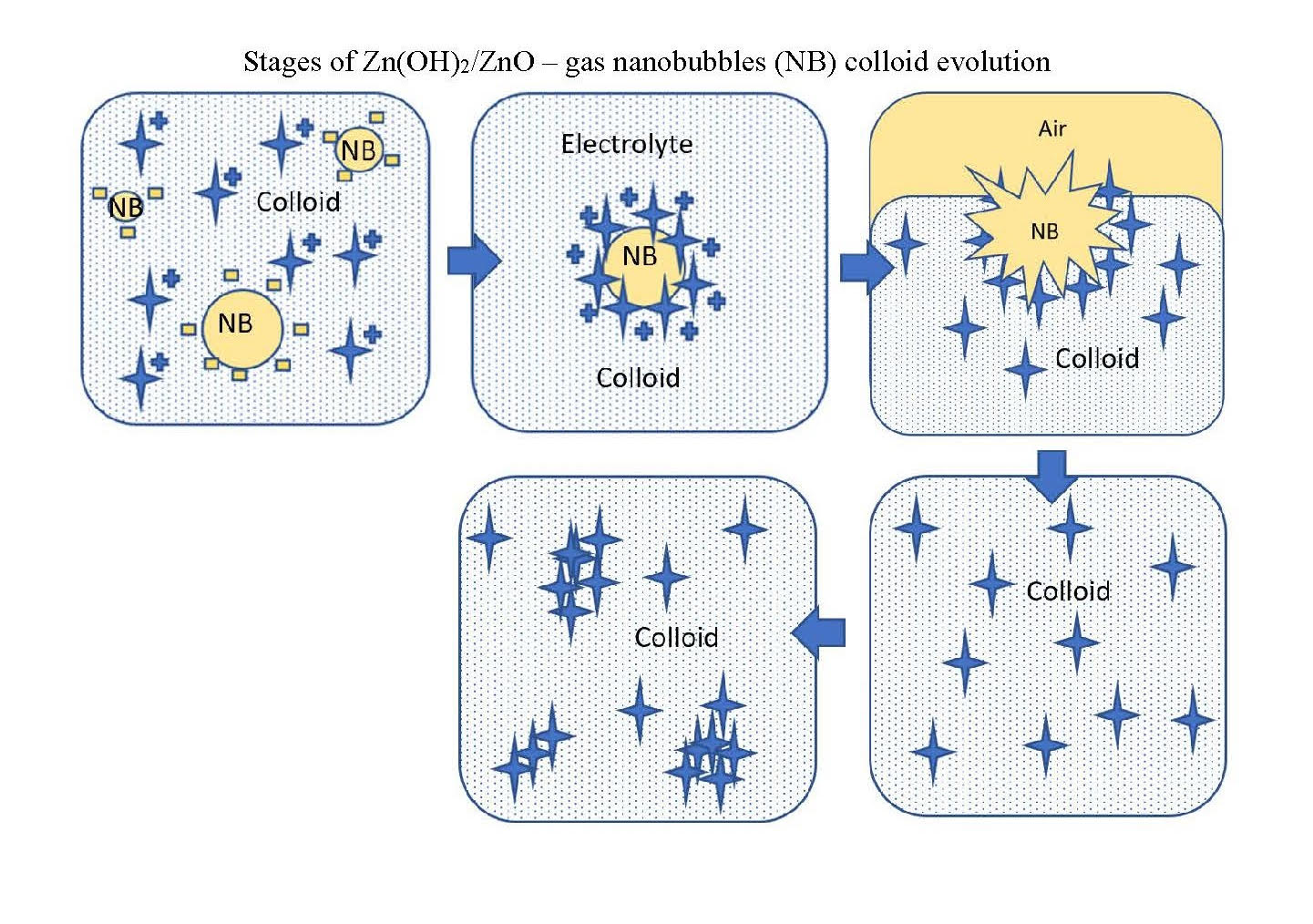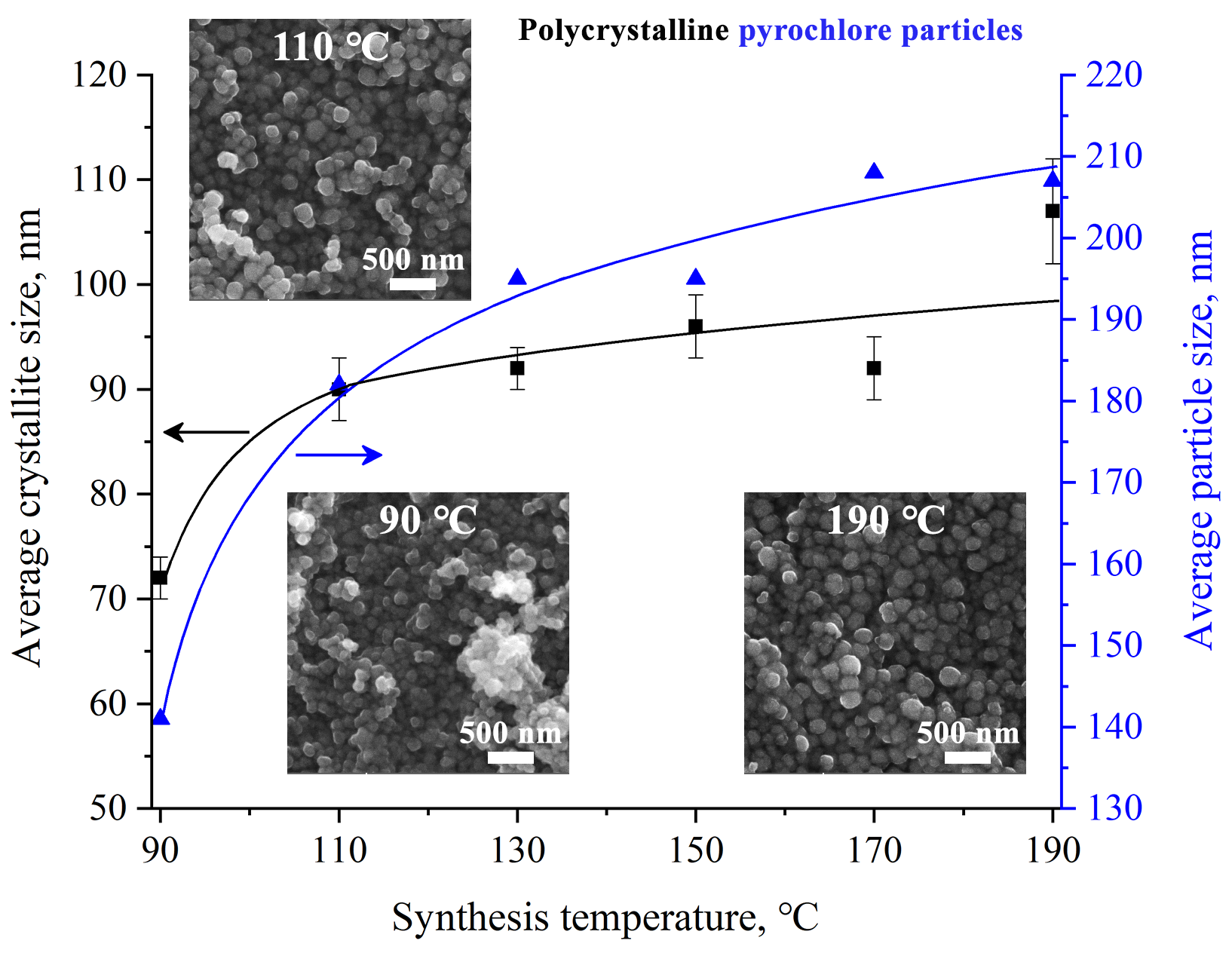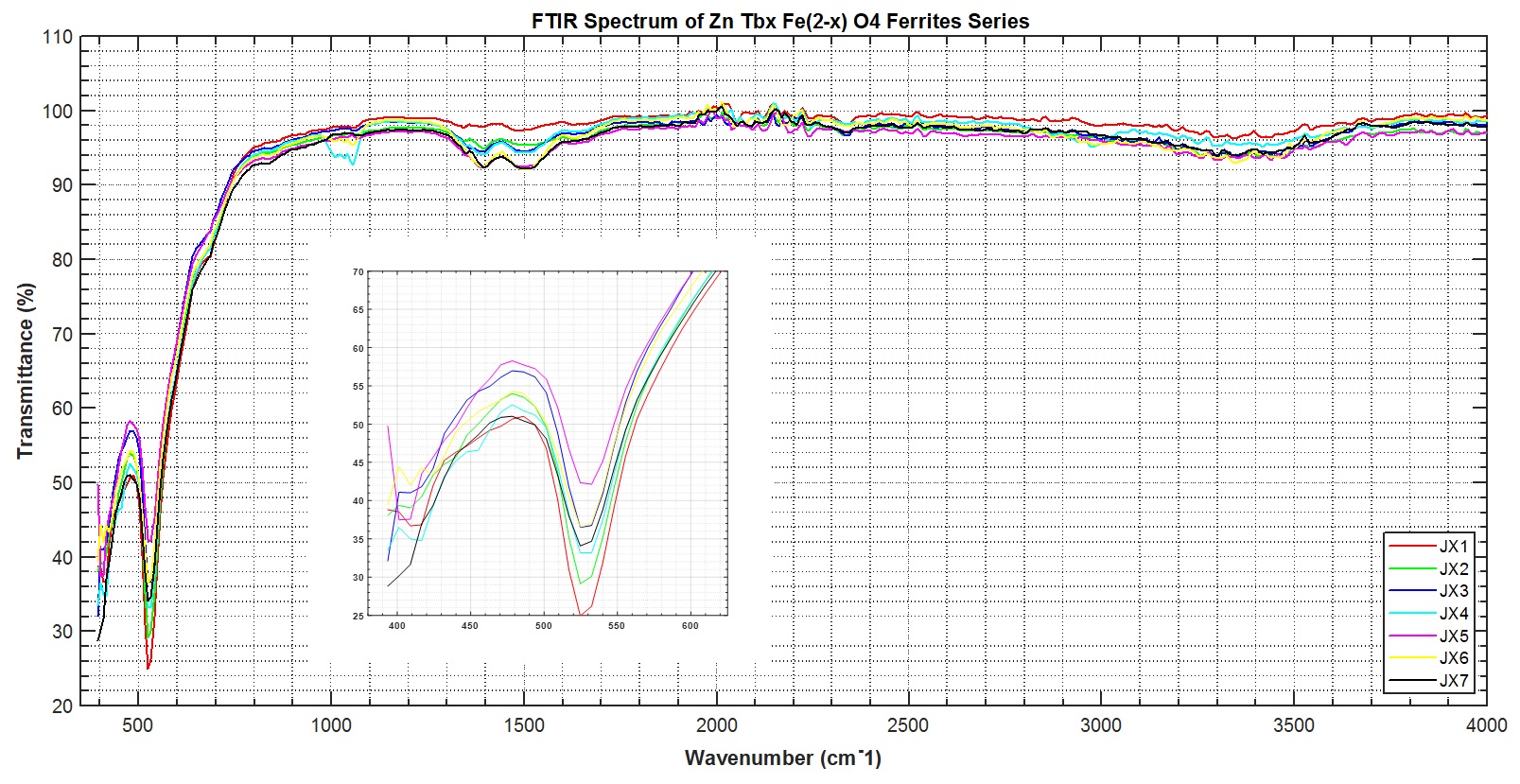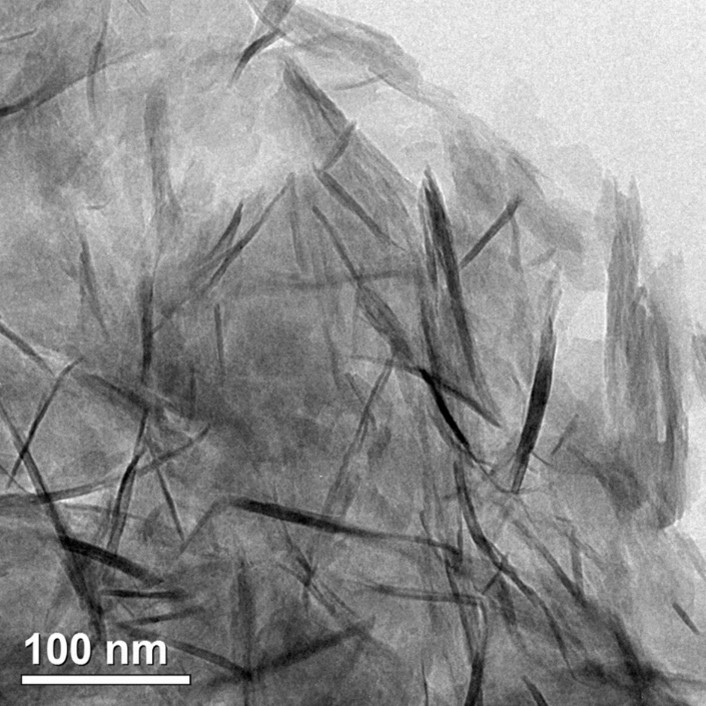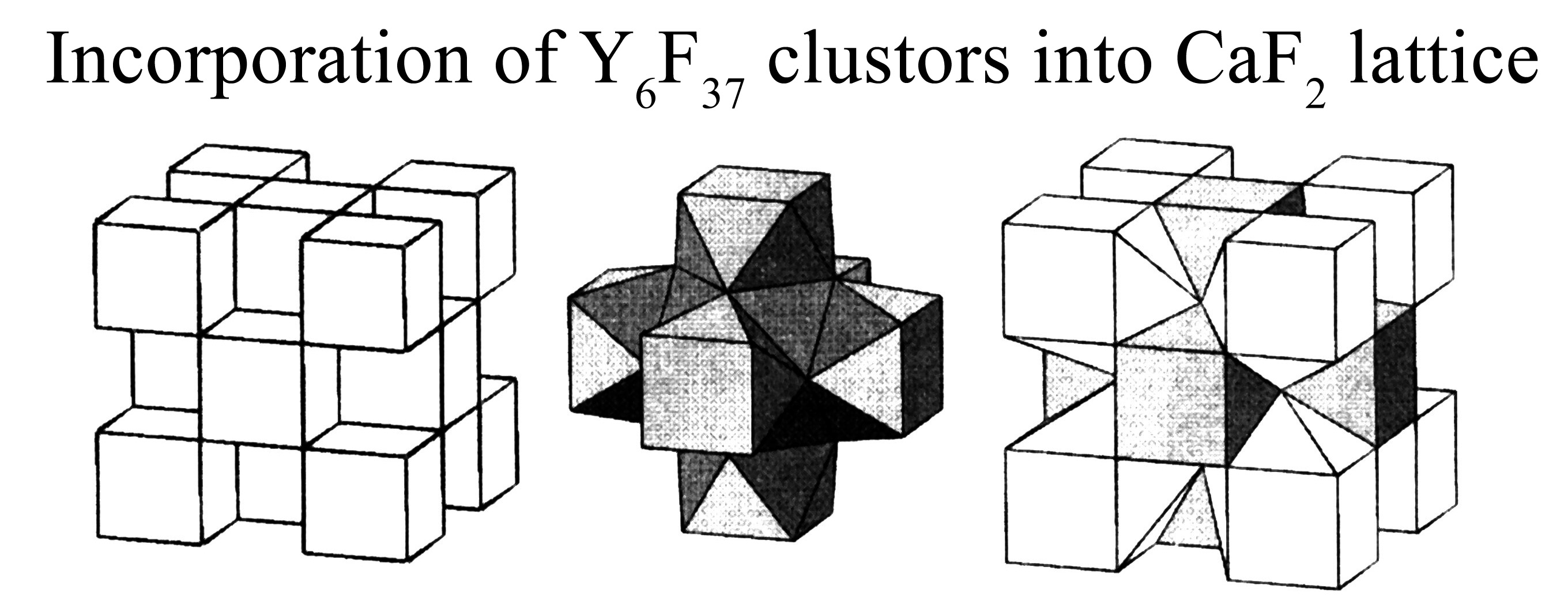MATHEMATICS
In the paper we consider a tensor sum Hμ,λ,μ,λ > 0 of two Friedrichs models hμ,λ with rank two perturbation. The Hamiltonian H is associated with a system of three quantum particles on one-dimensional lattice. We investigate the number and location of the eigenvalues of Hμ,λ. The existence of eigenvalues located respectively inside, in the gap, and below the bottom of the essential spectrum of Hμ,λ is proved.
PHYSICS
Using numerical methods, we study the fractal properties of the optical paths difference for rays propagating in a model of a homogeneous optical fiber with periodically curved (corrugated) wall and other wall periodically oscillating according to the sine law. Also the angle of entry of the rays into the optical fiber and their coordinates in the exit plane is investigated.
High ordered harmonic generation in a quantum graph is studied by considering quantum star graph interacting with external monochromatic optical field. Using the numerically obtained solutions of the time-dependent Schr¨ odinger equation on quantum graph, main characteristics of high harmonic generation are computed. In particular, time-dependence of the average dipole moment and high harmonic generation spectra, determined as the generated field intensity as a function of harmonic order are analyzed. Extension of the proposed model to the case of other graph topologies and application to the problem of tunable high harmonic generation are discussed.
Physical and chemical processes that occur in nano-confined aqueous solutions, particularly the role of “solute-interface” and “solute-solute” interactions within nanopores, are the source of filtration selectivity and require further investigation. The goal is to clarify the validity of different approximations based on the macroscopic mean field approach by comparing them with computational techniques such as Monte Carlo (GCMC) and classical molecular dynamics (MD). These techniques are used to study the distribution of ions at the water/nanopore interface. At the molecular scale, the results show that the distribution of ions depends on their size, polarizability and the structure of water when it is explicitly added to the model, which cannot be reproduced by the primitive model using the GCMC and the mean field approach based on the Poisson Boltzmann equation.
A version of an erbium doped fiber amplifier (EDFA) application scheme designed to increase the efficiency of the simultaneous quantum key distribution session and transmission of information by classical channels in a single optical fiber is explored. A theoretical study of the possibility to use EDFA in the explored way was conducted by numerical simulation methods. The mathematical model is based on the EDFA dynam ics equations and the equations that determine the secure key generation rate in case of the subcarrier-wave quantum key distribution. A method for determining the optimal parameters of the scheme under study is de scribed and the evaluation of the feasibility of using EDFA in the explored way is performed. A comparative analysis of the subcarrier-wave quantum key distribution system performance when integrated into an optical network is made in terms of the secure key generation rate for the cases when EDFA is either used or not. The results obtained demonstrate high efficiency of the scheme under study, i.e., the maximum achievable distance of the secure key distribution is increased while maintaining the efficiency of the information transmission.
In the paper, the thermal conductivity of rarefied gases in nanochannels and in bulk was studied. The following gases Ar, Kr, Ne, Xe, O2, CH4 were considered. The evolution of gas molecules in phase space was calculated by the method of the stochastic molecular modelling. It was established that the thermal conductivity coefficient of the gas in the nanochannel is anisotropic. Anisotropy of the thermal conductivity is caused by the interaction of gas molecules with the channel walls. This interaction is described by the specular or diffuse laws of molecules reflection. The thermal conductivity of gases across the channel is significantly lower than along it. The anisotropy of the thermal conductivity persists even in microchannels, but it decreases with the increasing of the gas density. In fact, the thermal conductivity coefficient is not a gas property only, but of a gas+channel wall system.
In this work, the rheological properties of niosomal dispersions of various concentrations in the temperature range of 30– 60 C is investigated. The viscosity coefficient and the values of the activation energy were determined experimentally. It is found that the flow of niosomal dispersions exhibits the properties of Newtonian fluids in the studied range of temperatures and shear rates. Conditions were determined for obtaining stable homogeneous niosomal dispersions with an average vesicle size of 80– 150 nm.
The article presents the results of a study of inorganic-polymer nanocomposites Nafion/thermally expanded graphite and Nafion/carbon black by nuclear magnetic resonance and thermogravimetry. The struc ture of carbon materials was characterized by electron microscopy and adsorption structural analysis by low temperature nitrogen adsorption. The presence of the interaction of Nafion polymer and carbon material at the interface between the components leading to thermal stabilization of the composites is shown, and the differences between thermally expanded graphite and carbon black due to their morphology during interaction with Nafion are discussed.
Based on the symmetry related concept of the group theory we predict two structures with enan tiomorphic space groups PI43 and PI41. These phases arise as a result of spin ordering on 16d Wyckoff position in crystals with space group Fd3m. It is shown that PI43 and PI41 hypothetical magnetic structures are multiferroics of type II. The ferroelectric polarization emerges through a mechanism of the hybrid improper ferroelectricity allowing trilinear coupling of polarization and two other antiferromagnetic order parameters. In addition to improper ferroelectricity, the symmetry analysis proves the possible coexistence of other improper ferroic orders including orbital, ferroelastic, ferroelastoelectric, ferrobielastic, optical, ferroaxial, ferrotoroidic, gyrotropic and other crystal freedom degrees.
The dependence of the lifetimes and rates of spontaneous nucleation of topological magnetic soli tons on the external magnetic field is calculated within the framework of the harmonic transition state theory for magnetic degrees of freedom. For two-dimensional magnetic skyrmions, the influence of the magnetic field on the collapse rate was found to be greater than on the nucleation rate. This is explained by the weaker dependence of the energy of the transition state on the external field compared to the energy of the metastable skyrmion. The balance of the nucleation and collapse of skyrmion rates makes it possible to determine the average equilibrium concentration of skyrmions in a thin film as a function of the external field and temperature. It is shown that skyrmion and antiskyrmion states can exist simultaneously in quasi-two-dimensional thin films in tilted external magnetic field. The minimum energy paths for the collapse of these topological solitons and magnetic configurations in the vicinity of saddle point have been found and compared.
CHEMISTRY AND MATERIALS SCIENCE
Nanocrystalline cerium dioxide is a promising inorganic UV filter for sunscreen applications due to its high UV absorbance and non-toxicity to normal cells. Nanoscale CeO2 also showed selective cytotoxi city to cancer cells, thus ceria-containing materials are now regarded for the creation of both preventive and therapeutic compositions. At the same time, the interaction of ceria nanoparticles with cell membranes and phosphate-rich components of sunscreen compositions arise the interest to biocompatibility of ceric phos phates. Crystalline cerium(IV) phosphates can be a promising alternative for nanoscale CeO2 due to their low solubility, high redox stability and UV protective property. However, to date, there is no information on their toxicity to cancer cells. In this work, using the MTT, Live/Dead and MMP assays, we demonstrated for the first time that the inhibitory impact of ceric phosphates Ce(PO4)(HPO4)0.5(H2O)0.5 and NH4Ce2(PO4)3 on murine melanoma B16/F10 cell line in vitro is comparable to that of nanoscale CeO2, at high (500–1000 g/ml) concentrations.
Thermodynamic and experimental studies of Zn(OH)2/ZnO particle formation conditions in the model of closed system Zn2+–NH3,aq–NH3,gas–H+–OH––H2O–N2,gas (1), which often occurs in the process of synthesis of zinc oxide nanoparticles and films by chemical bath deposition (CBD) methods, were carried out. It was shown that the driving force for the formation and growth of Zn(OH)2/ZnO particles in the initially homo geneous system (1) at 25 C is the difference in the chemical potential of particles at the initial temperature (unsaturated system) and the synthesis temperature (supersaturated system). Using vibrational spectroscopy, X-ray phase and chemical analysis, diffuse light scattering and electrophoresis methods, it was found that the phase transformation of Zn(OH)2 into ZnO takes place in the region of 85– 90 C. The colloid-chemical trans formation of Zn(NH3)2+4 ionic particles into colloidal polycrystals of Zn(OH)2/ZnO composition was established for the first time to be a staged process. The first stage of the process in the solution volume is localized at the gas nanobubble-solution interface as a result of rapid formation, growth and removal of gas nanobubbles from the solution. The interaction of positively charged Zn(OH)2 nanoparticles with the surface of larger negatively charged gas nanobubbles creates colloidal aggregates “bubble surface film of hydroxide nanoparticles”. Their adhesion forms an openwork foam-like structure of the colloid in the solution and in the film on the interfaces at the first stage of synthesis. After degassing of the electrolyte solution, the second stage develops, consisting of the nucleation and ionic-molecular growth of Zn(OH)2/ZnO particles from the supersaturated solution, their distribution between the solution and the electrolyte– reactor wall– air interfaces. The film growth at this stage is regulated by the difference in surface charges of the double electric layer of the interface and polycrystalline colloidal particles. In the solution and on the interface, columnar Zn(OH)2/ZnO structures grow as volumetric stars with conical hexagonal spikes.
The present paper investigates features of a (Bi, Fe, )2(Fe, W)2O6O cubic pyrochlore-structured phase (hereinafter BFWO) formation in the Bi2O3–Fe2O3–WO3–(H2O) system under the hydrothermal syn thesis conditions at T < 200 C and in the range of pH < 1. It was found that the BFWO phase is formed even when the amorphous precursor suspension is less than 100 C. The BFWO phase particles have a con ditionally spherical morphology and are polycrystalline. The dependency of the average particle size on the synthesis temperature correlates well with the dependency of the average crystallite size on this parameter: both values increase abruptly with an increase in the amorphous precursor suspension treatment temperature from 90 to 110 C (from 140 and 70 nm to 180 and 90 nm, respectively), and with a further increase in the hydrothermal treatment temperature to 190 C, they increase more smoothly (up to 210 and 110 nm, respectively). It was found that the average number of crystallites in a particle is 9 units regardless of the synthesis temperature, i.e. an increase in the BFWO phase particle size with the increasing temperature (in the considered temperature range) occurs mainly due to an increase in the size of their constituent crystallites.
In this study, the influence of Tb3+ substitution in zinc ferrite is reported. ZnTbxFe(2-x)O4 (x = 0, 0025, 005, 0075, 01, 0125, and 015) were prepared using sol-gel auto-combustion technique. All the samples were sintered at 400 C for 4 hours. The structure has been studied using XRD, FTIR, UV-visible, and VSM. X-ray diffraction evaluation demonstrates formation of spinel ferrite with nano size distribution. Vibrating sample magnetometer was used to study the magnetic properties of the samples. It was found that as terbium content increases, the coercive field decreases while the saturation magnetization increases. The Tb3+ doped nano crystalline zinc ferrites show ferrimagnetic behavior. FTIR analysis show the presence of two expected bands attributed to tetrahedral and octahedral metal oxygen vibrations at 320 and 450 cm -1.
We studied the process of obtaining nanostructured halloysite by varying the parameters for cre ating the initial composition. The initial composition was synthesized by co-hydrolysis of (C3H7O)3Al and (C2H5O)4Si in the C6H14–NH3H2O system. Aluminum hydrosilicate with the composition Al2Si2O5(OH)4 was synthesized under hydrothermal conditions (220 C, 2 MPa, 96 h). Particles of plate-like morphology with av erage length 100– 200 nm and 60 nm thickness were obtained. The PXRD patterns revealed the presence of two phases. Plate-like kaolinites are found. Also we observed the formation of a halloysite-like phase. Studies of synthesized samples by IR spectroscopy and thermal analysis revealed the presence of organic-modified hydrosilicate with phase transition around 412 C. The resulting phase is promising for studying the processes of adsorption and further exfoliation.
A comparative study of transport characteristics of composite membranes based on graphene oxide prepared by Hummers’ (H-GO) and Brodie (B-GO) methods is presented. By using Raman and XPS spectroscopy combined with gas and vapor measurements at non-zero pressure drop, it is shown that the dif ference in preparation methods results not only in different composition and microstructure of the membranes, but also in different water vapor permeability and resistance towards pressure drops during membrane perfor mance. TheH-GOsamplesarefoundtobemoredefective and stronger oxidized with C/O ratio of 1.8, whereas B-GO revealed a total C/O ratio of 2.6 with more perfect microstructure. The higher oxidation degree of H-GO membranes allows one to achieve higher water vapor permeability (up to 170 Barrer at 100 % humidity) but dramatically lower stability towards pressure revealing the irreversible loss in permeability up to 46 % dur ing the application of pressure drop of 1 bar. In contrast, B-GO membranes show slightly lower permeability ( 140Barrer at 100 % humidity) but enhanced pressure stability revealing the irreversible permeability loss of only 4 % at pressure drop of 1 bar which is about 10-fold smaller compared to H-GO stability. This could be explained by the difference in microstructural features of the H-GO and B-GO. Graphene oxide prepared by Hummer’s method has more flexible and defective nanosheets, whereas Brodie’s method gives rise to more rigid nanosheets with more perfect microstructure. The obtained results suggest that it is possible to prepare graphene oxide membranes with high resistance towards pressure using only the composition-microstructure interplay without additional modification with pressure-stabilizing agents.
A series of single crystals of a Ca1-xYxF2+x solid solution with a fluorite structure containing 1 19 mol.% YF3 (x =0.01–0.19) has been grown. Thermal analyzer STA 449 F3 Jupiter in DSC mode recorded the temperature dependences of the heat capacity Cp(T) in the temperature range from the room temperature to 1300 C. Adiffuse phase transition in the solid state for concentrations x =0.01–0.03 is fixed as an anomaly on the Cp(T) curves with a maximum at 1150 50 C. With an increase in the content of YF3 (x =0.05–0.19), a very wide structured peak is recorded in the range of 650–1100 C. The heat capacity anomaly is associated with the reversible rearrangement of defect nanoclusters, which affects the change in the anion sublattice.
This paper is a corrigendum related to the article Vasil’ev B.V., Smyslov R.Yu., Kirilenko D.A., Bugrov A.N. Synthesis and magnetic properties of cobalt ferrite nanoparticles formed under hydro and solvothermal condition. Nanosystems: Phys. Chem. Math., 2021, 12 (4), P. 492–504, http://nanojournal.ifmo.ru/en/articles-2/volume12/12-4/chemistry/paper11/
ISSN 2305-7971 (Online)



